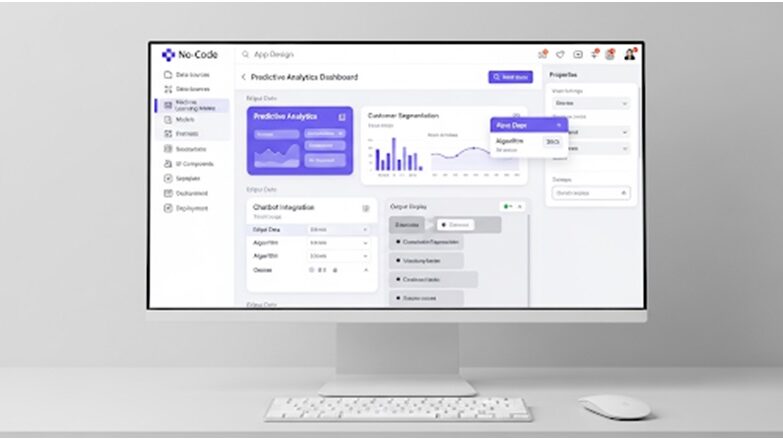The Digital Operational Resilience Act (DORA) fundamentally reshapes cybersecurity standards across European financial services. Beginning January 17, 2025, this regulation mandates comprehensive operational resilience frameworks for banks, insurers, and investment firms throughout the EU.
Mandatory cybersecurity standards replace voluntary guidelines
DORA establishes binding cybersecurity requirements where previously only recommendations existed. Financial entities must implement robust information security frameworks, conduct regular vulnerability assessments, and maintain detailed incident response procedures. Building on this foundation, these obligations extend beyond internal systems to encompass third-party service providers and cloud computing arrangements.
The regulation requires institutions to perform annual penetration testing and threat-led assessments. Furthermore, critical entities face additional scrutiny through supervisory testing programs managed by European supervisory authorities. This comprehensive approach ensures consistent security postures across member states while eliminating the previous patchwork of voluntary measures.
Third-party risk management becomes central focus
As cybersecurity standards tighten internally, European financial institutions must now oversee their entire digital supply chain. DORA introduces contractual requirements for information and communication technology service providers, establishing clear governance structures for external dependencies. Consequently, organizations cannot simply transfer operational risks to vendors anymore.
The regulation categorizes ICT service providers based on their systemic importance. Critical third-party providers face direct oversight from European supervisory authorities, creating accountability throughout the financial ecosystem. This development represents a significant departure from traditional vendor management approaches, as how often are soc 2 reports required previously varied by institution preference rather than regulatory mandate.
Incident reporting transforms into real-time obligations
With enhanced oversight of third-party relationships established, DORA simultaneously transforms incident reporting procedures. Financial entities must report major ICT incidents within four hours of detection. This timeline accelerates traditional notification procedures considerably, demanding immediate response capabilities from affected organizations.
The regulation defines specific thresholds for reportable incidents, including service disruptions affecting more than 100,000 users or lasting over two hours. As a result, supervisory authorities gain enhanced visibility into cyber threats across the financial sector. They can issue warnings, share threat intelligence, and coordinate responses to systemic risks, strengthening collective defense capabilities across the industry.
Governance structures require board-level engagement
These reporting obligations naturally drive changes in corporate governance structures. DORA mandates board-level responsibility for operational resilience. Senior management must approve ICT risk management frameworks and receive regular updates on cyber threats, elevating cybersecurity from technical departments to executive leadership.
Additionally, financial institutions must designate specific roles for ICT risk management, including chief information security officers or equivalent positions. These individuals report directly to senior management and maintain independence from operational functions. This governance restructuring ensures that cybersecurity decisions receive appropriate executive attention and resources.
Testing requirements establish continuous assessment
Beyond governance changes, DORA introduces mandatory testing programs that extend far beyond traditional compliance audits. Financial entities must conduct scenario-based testing, including simulated cyber attacks and business continuity exercises. These assessments occur at least annually, with some institutions facing more frequent requirements based on their risk profile.
Testing must evaluate both internal systems and third-party dependencies, creating comprehensive risk visibility. Results inform risk management strategies and incident response improvements, establishing a feedback loop between assessment and enhancement activities. This continuous improvement cycle ensures that cybersecurity measures evolve alongside emerging threats.
Implementation deadlines drive immediate action
With testing frameworks and governance structures defined, DORA’s implementation timeline leaves limited preparation time. Financial institutions must complete gap assessments, update governance structures, and establish new reporting mechanisms before the January 2025 deadline. Regulatory authorities have already published technical standards and guidance documents to support this transition.
Organizations failing to meet DORA requirements face significant penalties, including fines up to 1% of annual turnover for the most serious violations. This enforcement mechanism ensures widespread compliance across the European financial sector. For comprehensive guidance on DORA implementation, institutions can access detailed resources at https://www.thesoc2.com/post/dora-what-you-need-to-know.
The transformation extends beyond regulatory compliance to operational excellence. Financial institutions adopting comprehensive DORA frameworks gain competitive advantages through enhanced customer trust and reduced operational disruptions. This regulation ultimately strengthens the entire European financial system against evolving cyber threats while establishing Europe as a global leader in financial cybersecurity standards.











